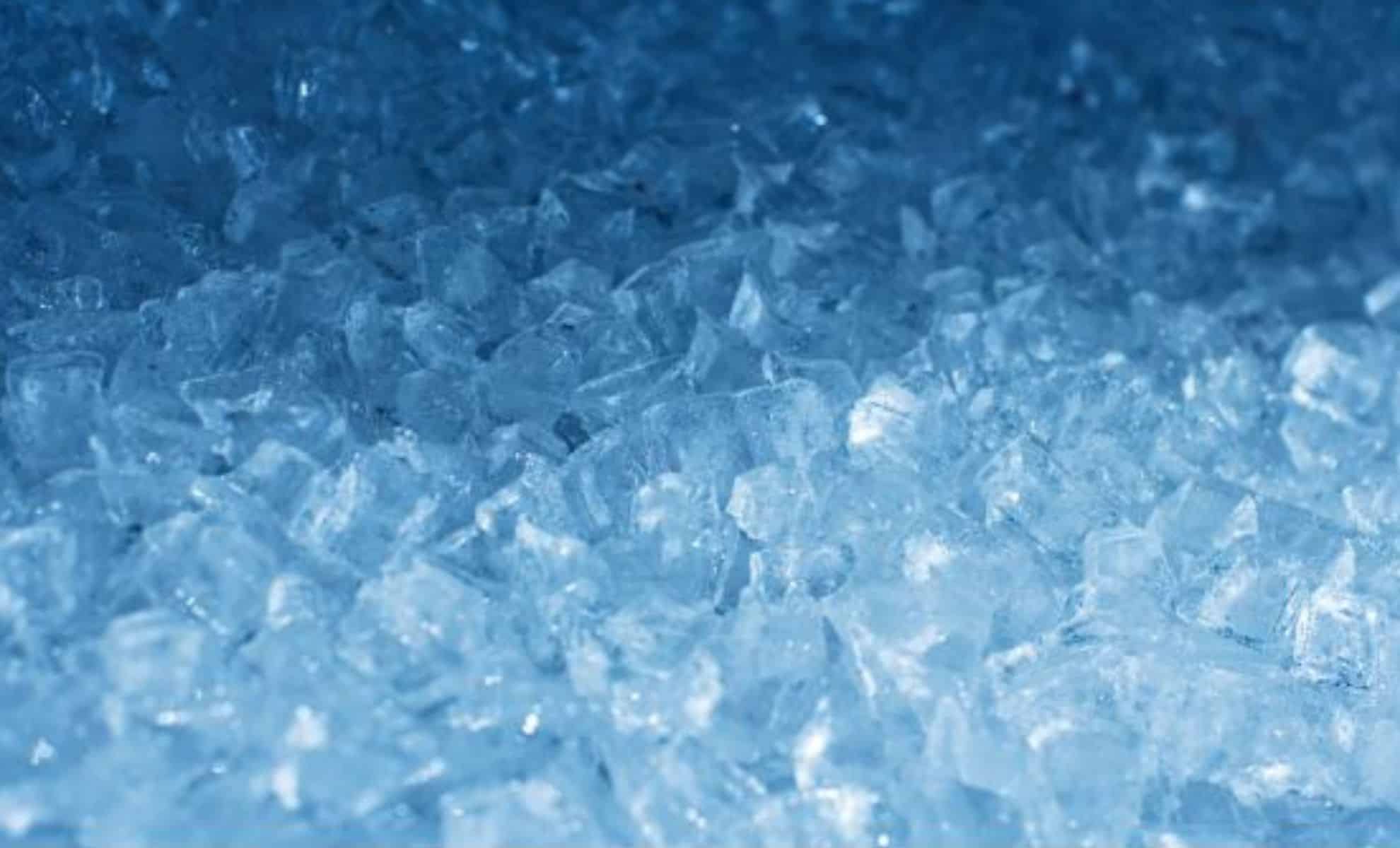Researchers in Japan have made a revolutionary discovery in the field of ice formation, revealing a previously unknown type of ice called Ice 0.
This discovery has significant implications for our understanding of ice crystallization processes and may impact various scientific and technological fields.
The discovery of ice 0 and its unique properties
The team from Institute of Industrial Sciences at The University of Tokyo has identified a a new form of ice, known as ice 0, which forms near the surface of the water. Unlike the regular ice I that we see in everyday life, ice 0 is not normally found under natural conditions on Earth. The existence of over 20 different types of ice is known to science, each of which forms under specific conditions of pressure and temperature. However, ice 0 is unique in its ability to initiate the formation of ice crystals in supercooled water.
This new type of ice forms through small crystalline precursors with structure similar to ice 0, which can cause ice to form near the water surface. This discovery resolves a long-standing debate in the scientific community about where ice crystallization is more likely to occur—whether it begins at the surface or in the core of water droplets. Gang Sunlead author of the study, explained: “Simulations show that a water droplet is more likely to crystallize near the free surface under isothermal conditions. This resolves a long-standing debate as to whether crystallization occurs more readily at the surface or internally.”
Mechanism of ice nucleation and surface crystallization
The crystallization of ice, known as ice nucleationusually occurs heterogeneously at solid surfaces, like the walls of the container holding back the water. However, the new research shows that ice crystallization can also occur just below the surface of the water where it meets air. Precursors with the same ring structure as ice 0 facilitate this process.
These icy 0 precursors are formed spontaneously due to negative pressure effects caused by the surface tension of water. This new understanding challenges previous notions and opens new avenues for research into how ice forms in natural and man-made environments.
Implications for science and technology
The discovery of ice 0 and its role in ice nucleation has broad implications in several areas. In climate science, understanding how ice forms at the microscopic level can improve models of cloud formation and precipitation, which are critical to weather forecasting and climate change research. The presence of ice-like structures 0 can significantly affect the formation of ice in small water droplets found in clouds, potentially affecting cloud properties and atmospheric processes.
In the field of food sciences, the insights gained from ice study 0 can improve our knowledge of freezing processes essential for food preservation and quality. The unique properties of ice 0 it can also lead to innovations in air conditioning and refrigeration technology, where efficient ice formation is a key factor.
Hajime Tanakathe lead author of the study, emphasized the potential of this discovery, stating, “Findings on the mechanism of surface water crystallization are expected to contribute significantly to various fields, including climate research and food science, where water crystallization plays a critical role.” As research continues, the implications of ice 0 may expand even further, impacting fields as diverse as cryobiology, materials science, and more.
Future research directions
Ice ID 0 opens up new research avenues to investigate the physical and chemical properties of this unusual form of ice. Future studies may focus on understanding the conditions under which ice 0 forms and how it transitions to more familiar ice types such as ice I. There is also great interest in exploring the potential uses of ice 0 in industrial and technological applications.
As scientists continue to unravel the mysteries of ice formation, findings such as ice 0 they remind us of the complexity and wonder of natural processes. The knowledge gained not only advances scientific understanding, but also has practical implications that can benefit various industries and contribute to solving global challenges.
This exciting discovery heralds a new era in the study of ice, offering fresh insights and opportunities for innovation. As the research community delve into the properties and applications of ice 0we can expect further discoveries that will enrich our understanding of the natural world.



